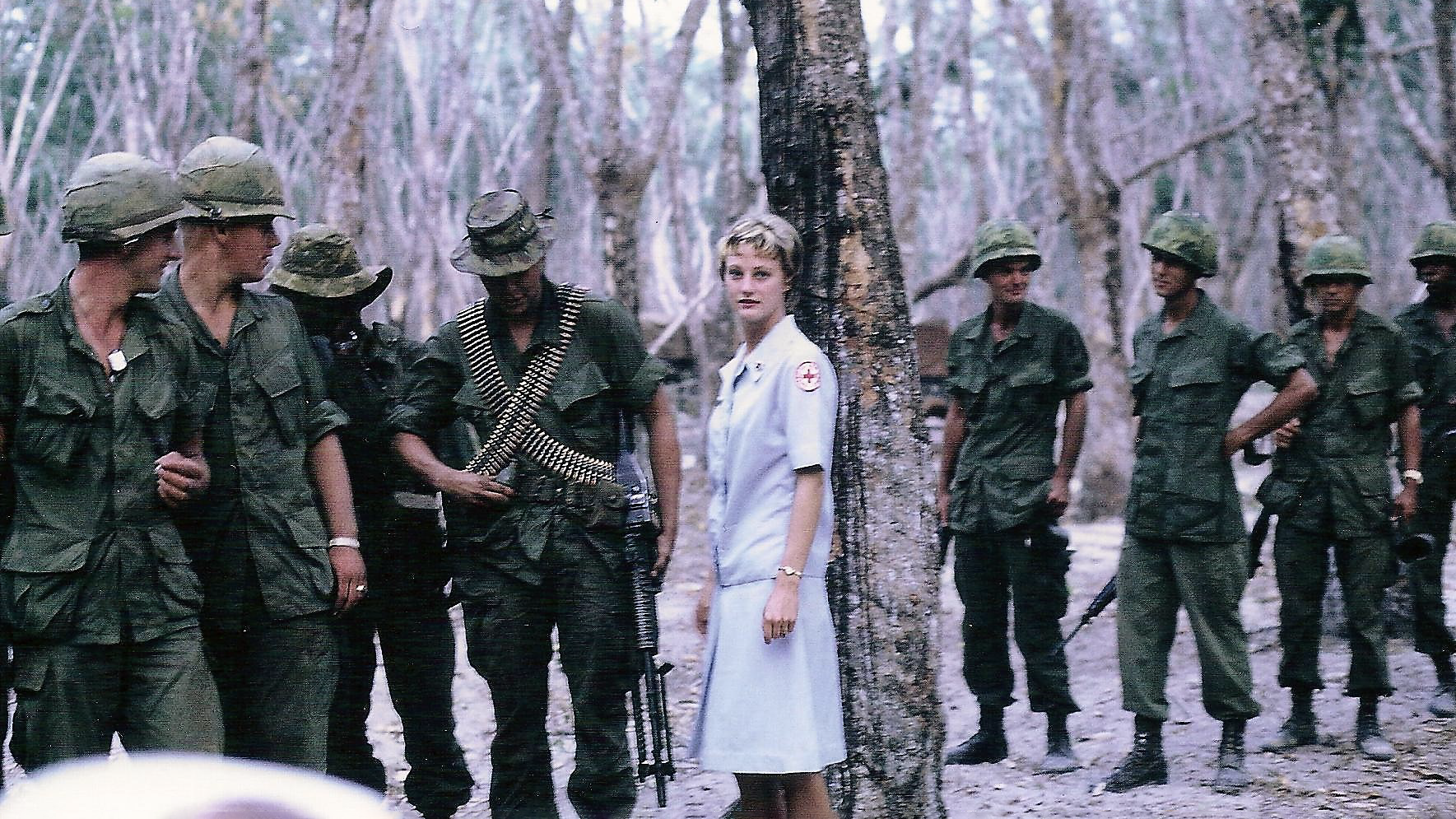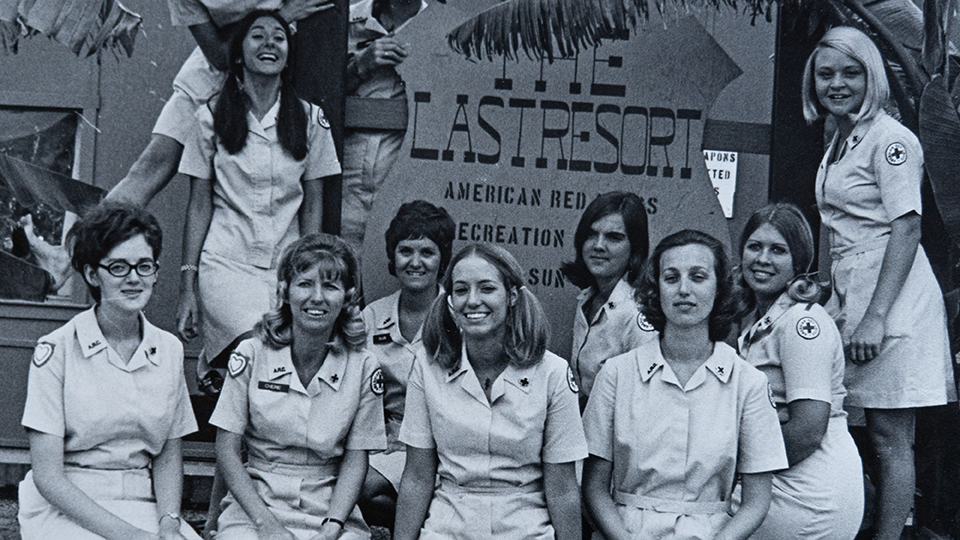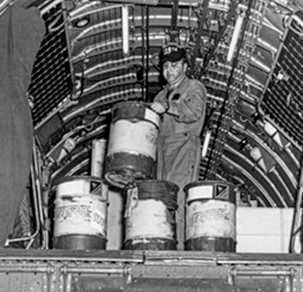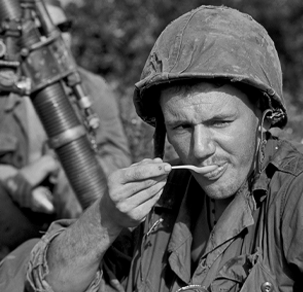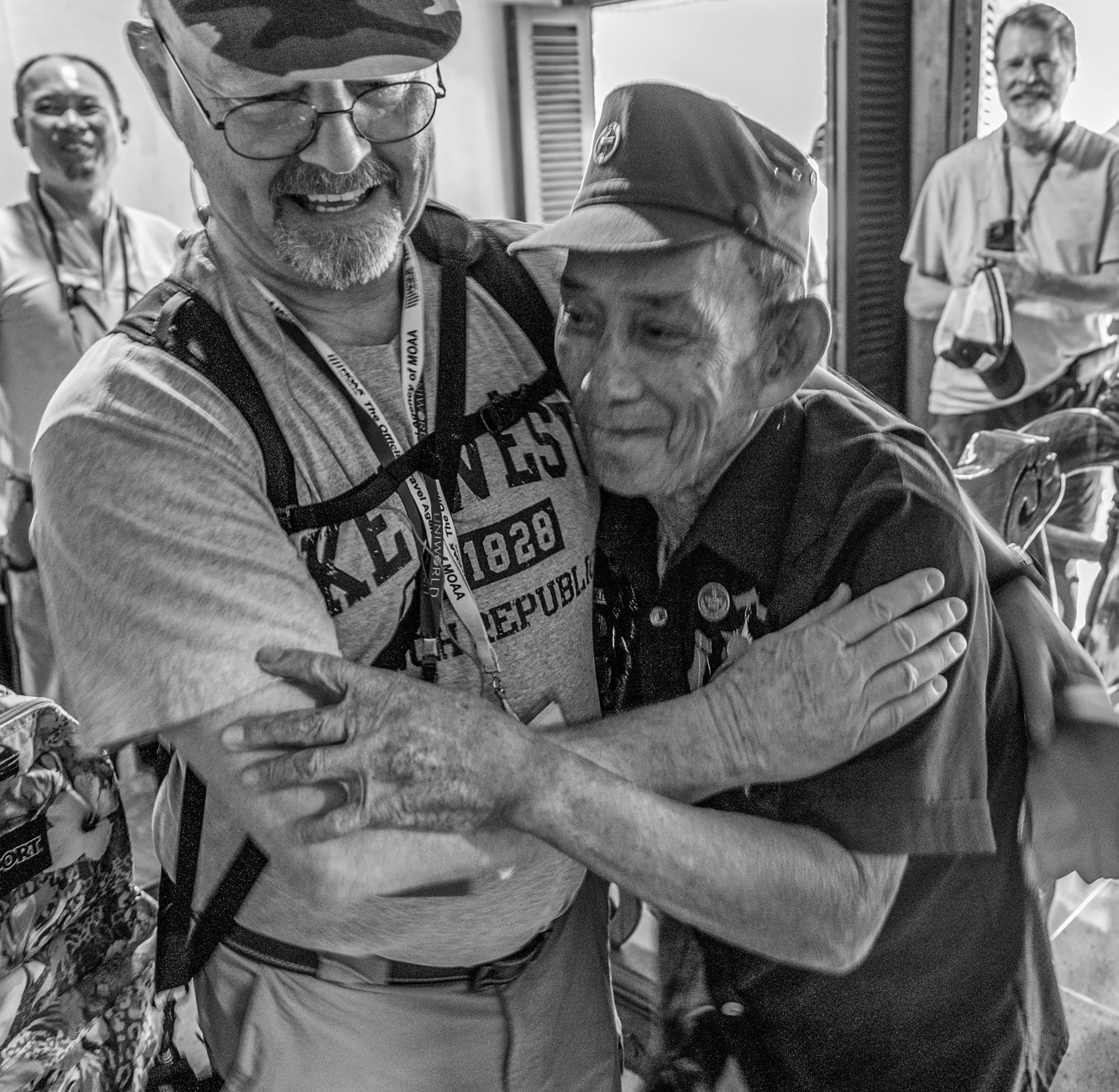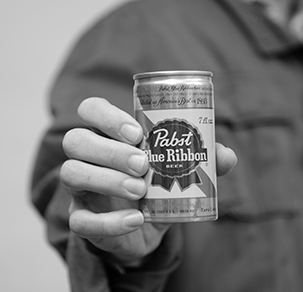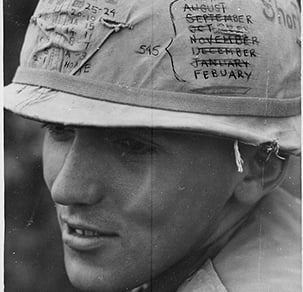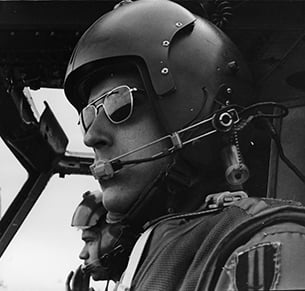'Donut Dollies' Serve Up a Boost to Morale
By Don Vaughan
For American personnel serving in Vietnam, one of the most popular reminders of home was a visit from the blue-uniformed young women affectionately known as “Donut Dollies.” The 627 always-upbeat Red Cross volunteers served in Vietnam, boosting morale with a song, a board game, or often just a smile.
Donut Dollies date back to World War II, when teams of female Red Cross volunteers visited soldiers in the field with special clubmobiles that carried coffee and doughnuts. They did it again during the Korean War, at one point turning out a staggering 20,000 doughnuts a day for American soldiers arriving in Pusan.
"
Donut Dollies logged more than 2 million miles by jeep, deuce-and-a-half, and helicopter, visiting troops in some of the country's most remote and dangerous regions.
But it was in Vietnam that Donut Dollies — officially known as Supplemental Recreational Activities Overseas (SRAO) program staff — were most visible. According to an Armyhistory.org report, Donut Dollies logged more than 2 million miles by jeep, deuce-and-a-half, and helicopter, visiting troops in some of the country’s most remote and dangerous regions.
To serve in Vietnam, SRAO applicants had to be female, between 21 and 24 years old, college graduates, and single, notes Jeanne Christie, who in 1967 served as a Donut Dolly in Nha Trang, Da Nang, and Phan Rang.
Two intense weeks were spent in Washington, D.C., learning military branches and ranks, what to expect in-country, and more before shipping out.
Participants volunteered for a variety of reasons. Christie, for example, came from a family steeped in community service.
“It was what our family did, so it was an extension of growing up,” she said.
‘A LETTER FROM HOME’
The job of Donut Dollies in Vietnam was to boost morale among U.S. fighting forces, and no American firebase was too far for them to visit. They brought board games, records, treats, and more in an effort to provide weary, homesick servicemembers a few minutes of respite. They also visited with the wounded in base hospitals.
The one thing they didn’t do — despite their nickname — was pass out doughnuts.
“People have asked if we gave out doughnuts in Vietnam,” said Joann Puffer Kotcher, who served as a Donut Dolly in Korea and in Vietnam. “In the words of one mess sergeant: ‘No. In Vietnam, it was too damn hot to make them.’ ”
But she knew their visits made a difference to the troops.
“Veterans tell me my visits were ‘a letter from home,’” she said. “When they saw me, they knew there was someone ‘back in the world’ who cared about them.”
Danger was a constant for Donut Dollies in Vietnam.
“I assured my family that I wasn’t going to be in danger; I couldn’t have been more wrong,” said Kotcher, author of Donut Dolly: An American Red Cross Girl’s War in Vietnam (University of North Texas Press). “I was almost killed at least six times. One time, a sniper shot at me and missed. Another time, an ambush missed me.”
Three Donut Dollies died in Vietnam over the course of the program.
BRIGHT SPOTS IN DARK TIMES
Understandably, a visit from the Donut Dollies was a special experience for troops, many of whom hadn’t seen an American woman in months.
Army 1st Lt. Jim Roberts was serving in Dong Xoai in 1971 when the remote base received an unexpected visit from two Donut Dollies whose helicopter had experienced mechanical difficulties. Roberts wrote about their visit in a self-published book about his time in Vietnam and spent years trying to locate the women so he could thank them “for making a very bright spot in a very dark time.” Roberts reconnected with the Donut Dollies via Zoom in 2021.
“Their service is an unknown part of the war for many,” Roberts said. “The women are very proud of what they did. They were in a war zone, riding in helicopters and being shot at. They were adventuresome and very brave, and they did a very courageous thing.”
Jeff “Doc” Dentice has also spent years searching for the Donut Dollies he encountered during his service as an Army medic with the 25th Infantry Division in Cu Chi.
“What they did in Vietnam went above and beyond to boost morale for the troops,” he said. “They often flew in Hueys to firebases in the boonies where the enemy was ever present. They served proudly and deserve a debt of gratitude from our Vietnam veterans.”
The Donut Dollies in Vietnam were trendsetters, said Roberts.
“These women weren’t part of the Army, but they were in combat,” he said. “They were mold-breakers during a time when we didn’t realize the mold was being broken. These women are heroes.”
Don Vaughan is a military history and culture writer.
